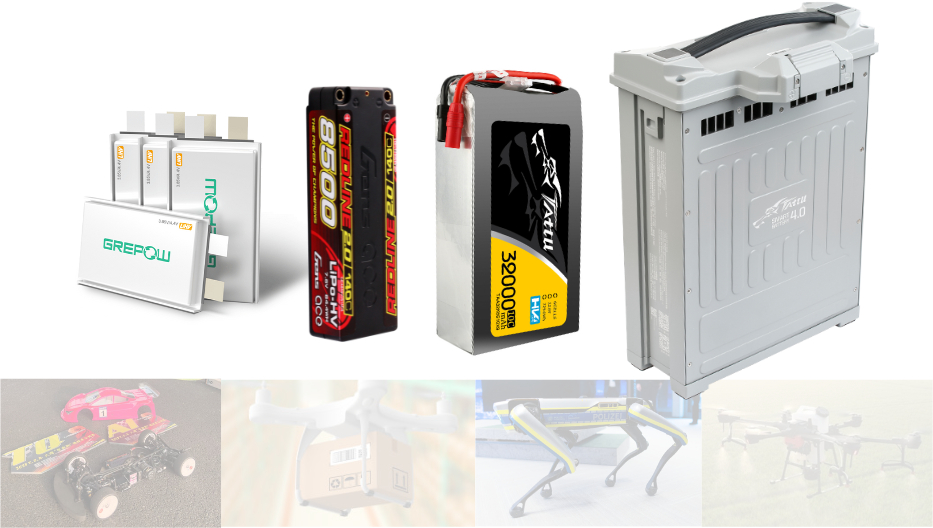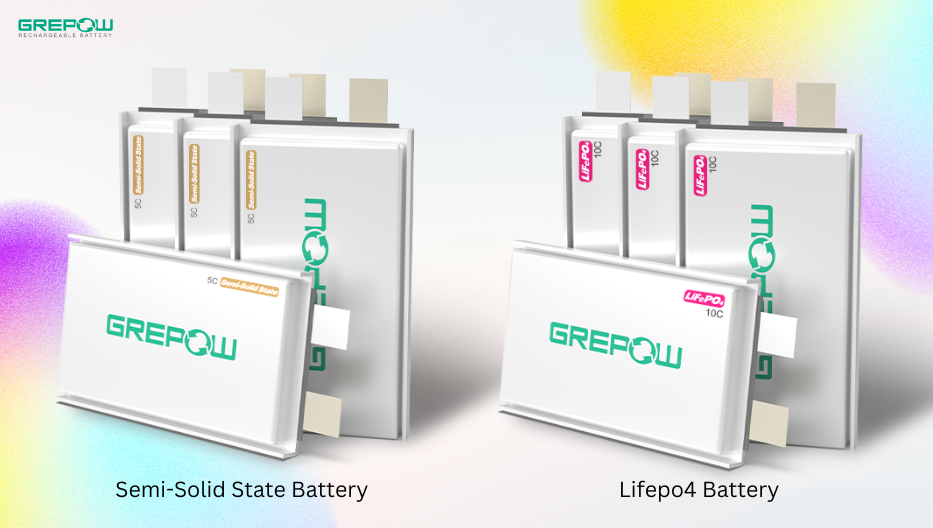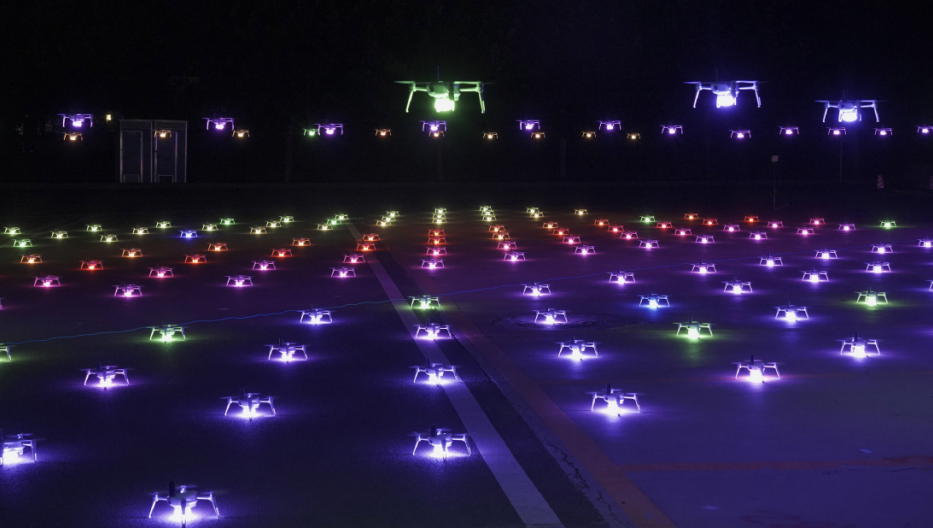Why are photovoltaic off-grid systems equipped with energy storage lithium iron phosphate batteries?
Why are photovoltaic off-grid systems equipped with energy storage lithium iron phosphate batteries?
Lithium iron phosphate batteries (LiFePO4) used for energy storage account for a large proportion in photovoltaic off-grid systems. Compared to solar modules, they are similar in cost although LiFePO4 have shorter lives. Lithium iron phosphate batteries store energy to ensure stable system power at night. The load power is guaranteed on rainy days.
Generation and consumption time
The photovoltaic power generation time and the load power consumption time are not necessarily the same. In photovoltaic off-grid systems, the input is a component used for power generation and the output is connected to the battery. Photovoltaic power is generated during the daytime, and sunlight can generate electricity. The power generation is usually the highest at noon, but at noon, the electricity demand is not high. For instance, many households use off-grid power stations to use electricity at night. These households should store the energy first and wait until peak electricity consumption (generally at seven or eight o'clock in the evening) to release the electricity.
Power generation and load power
The power of photovoltaic power generation and load power are also not necessarily the same. Photovoltaic power generation is not very stable due to the degree of radiation, and the load is not stable. Like air conditioners and refrigerators, the starting power is very large, and the operating power is usually small. The load will cause the system to become unstable, and the voltage will suddenly rise and fall. The energy storage battery is a power balance device. When the photovoltaic power is greater than the load power, the controller sends the excess energy to the battery pack for storage. When the photovoltaic power cannot meet the load needs, the controller sends the battery power to the load.
Cost
The cost of off-grid systems is high. The off-grid system consists of a photovoltaic square array, solar controller, inverter, battery pack, load, and many other components. Compared with the grid-connected system, the extra battery accounts for 30-40% of the cost of the power generation system, which is almost the same as the component. The service life of the battery is not long either. Lead-acid batteries last generally 3-5 years while the lithium batteries generally last 8-10 years.
New energy-storage LiFePO4 batteries
The new energy-storage lithium iron phosphate battery can increase the energy storage efficiency to 95%, which can greatly reduce the cost of solar power generation. Lithium batteries have an energy efficiency of 95%, while the currently used lead-acid batteries are only about 80%. Lithium batteries are also lighter in weight and have a longer service life than lead-acid batteries. The number of charge and discharge cycles can reach 1600, which means that they do not need to be replaced frequently. Right now, more and more photovoltaic energy storages have adopted lithium batteries, especially the LiFePO4 batteries, with technological breakthroughs. The market share of ternary lithium (lithium nickel manganese cobalt oxide batteries, or NMC) or lithium iron phosphate batteries have also gradually increased in photovoltaic off-grid systems.
Learn more about batteries
Keep an eye out for Grepow’s official blog, where we regularly update industry-related articles to keep you up-to-date.
Grepow website: https://www.grepow.com/
Grepow Blog: https://www.grepow.com/blog.html
Related Articles
-

High Voltage Batteries: Basics & Applications Guide
2025-02-28 -

Semi Solid State Battery vs Lifepo4 Battery: What's the Difference?
2025-01-20 -

How Drone Light Shows Are Created and Key Battery Power Requirements
2024-10-21

















































